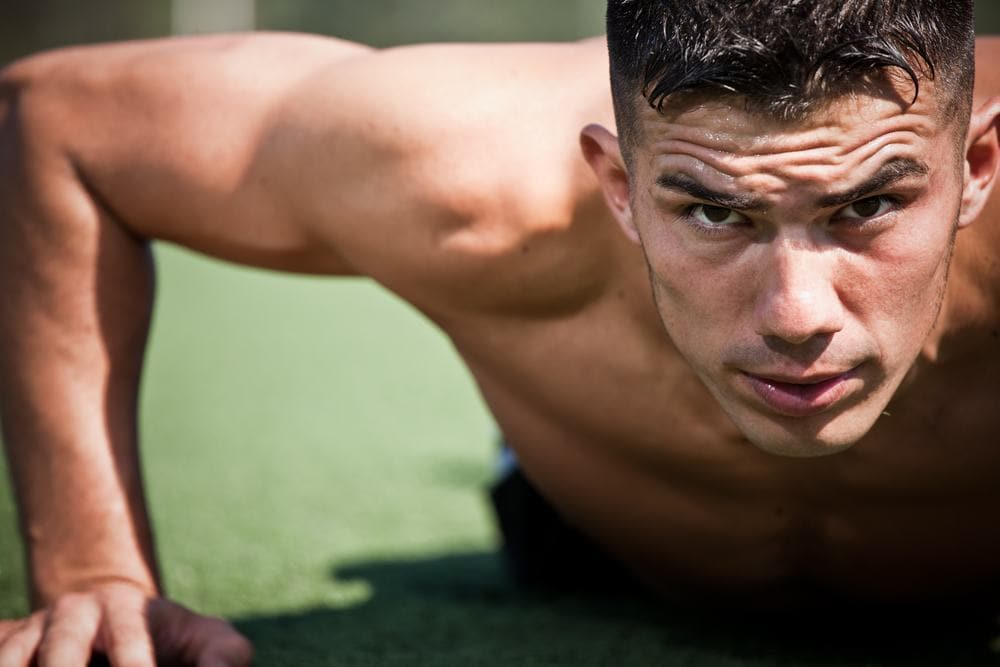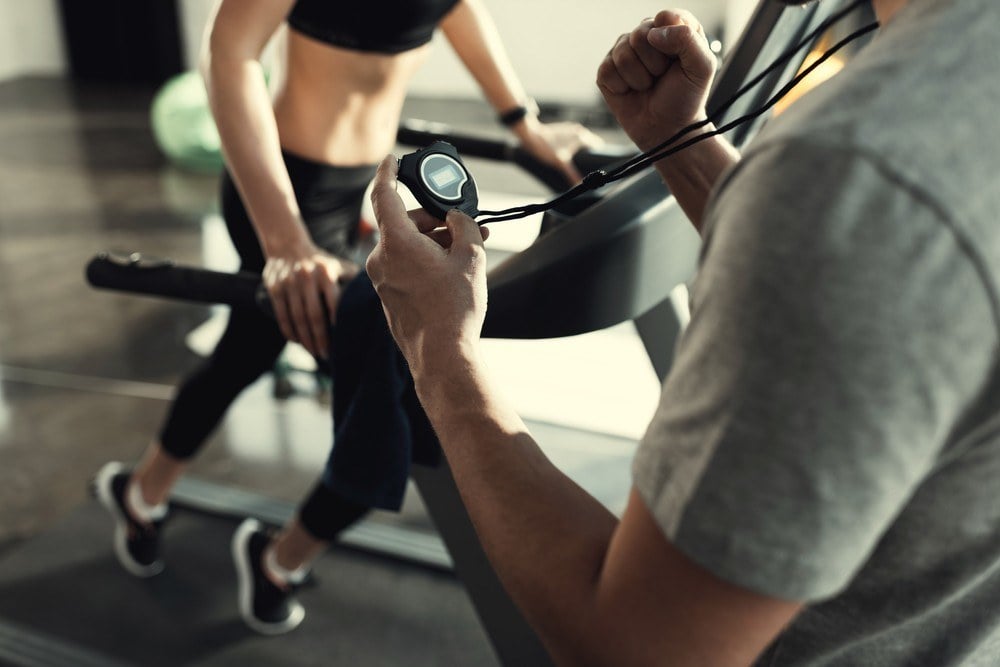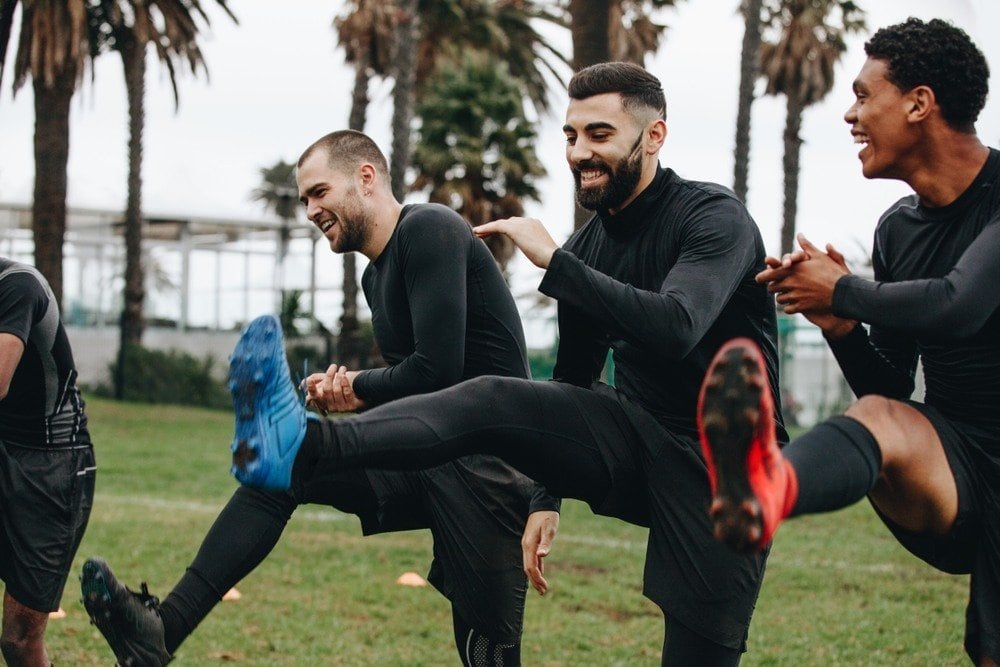Combat Arts Injury Prevention
Efforts taken to avoid injury can make or break a fight athlete’s career. The methods in this section are used by athletes, competitors, and practitioners to prevent stress and impact injuries. We recommend you view the following materials and decide if they will benefit you. Be sure to discuss any current injuries with your physician before changing your routine.
"It's [fights and intense training] really damaging to the body," I would liken it to being in several car wrecks. When fighters get up the next day, they often times can't walk for a few steps, and then they're hobbling around."
Dr. Beau Hightower,
Director of Sports Medicine
Jackson-Winkeljohn MMA team
FITT Principle
FITT stands for frequency, intensity, time, and type.
Typical training programs contains cardio and strength training. Cardio training sessions like running and aerobics help strengthen the body’s circulatory system by keeping the heart rate at an accelerated pace during training. Strength training sessions like push-ups and weight training strengthen the various muscle groups of the body.
The quantity and quality of each part of your training will depend on your specific body types. Various body types require different styles and frequency of training. Please read the Body Type section of this website for more information on particular body types and general exercise habits.
Your physical fitness will also dictate the frequency, intensity, time, and type of exercise. Those who are just beginning typically have higher amounts of frequency, but less intensity, time. The type of exercise will depend on the style of martial art, previous injuries, and focus of training. As a person progresses, each of these four factors will change to continue to give a benefit.
Frequency
Intensity
Time
Type
Warm Up and Cool Down
Preparing the body for more intense activities or helping the body recover after training is more important than the training itself. An excellent training session should consist of warm up, training exercises, and cool down. However, most people forget this lesson.
The Warm Up
The Cool Down
Rest
Rest is an essential component of a fight athlete’s routine. It allows enough time for the body to repair and strengthen itself between training sessions and vital for the physical and psychological recovery of a fight athlete after a training session or a competition. Proper rest can help reduce the incidence of injury in fight athletes.
Sleep is another critical component of rest and recovery. Sleep-deprived athletes experience more tissue damage, have a drop in performance, and increased risk of serious injury.
The importance of rest to a fighter or martial artist was emphasized by the rest-forward approach to training adopted by Freddie Roach, best known for being Manny Pacquiao’s trainer. When interviewed by Sports Illustrated with regards to how he felt about Pacquiao being an hour late for training, he stated, “If he’s late, it means he’s sleeping. I have no problem with that.” This highlights Roach’s view on the importance of rest on a fight athlete’s career.
Avoid Over Training
Training without adequate rest constitutes overtraining. With overtraining comes burnout or Overtraining syndrome, characterized by fatigue, underperformance, and decreased immunity.
Injuries before a fight or outperformance of a prizefighter by an underdog might be as a result of overtraining syndrome, as stated by Sean Felenczak.
According to an article published in ACSM’s “Resource Manual for Guidelines for Exercise Testing and Prescription,” “Overtraining is a serious consideration for the fight athlete because they are, literally, training intensely in multiple sports, and the risk of musculoskeletal injury increases for all levels of participation with increasing physical activity, intensity, and duration.”
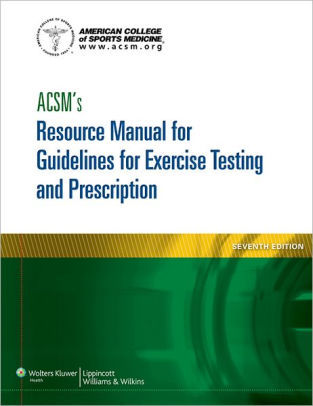
Prolonged high-intensity training can result to overtraining syndrome, common among fighters participating in MMA and UFC events, because they devote prolonged periods training in more combat disciplines, such as jiu-jitsu, kung fu, boxing, and wrestling. Martial artists must allow for rest and recovery time to ensure they have sufficient time and energy for rebuilding muscles and bones.
Stretching and Flexibility
Flexibility is a crucial element in any fight athlete’s repertoire. It is measured by the ability of the body to reach full extension without over hyperextending the joints. Complete flexibility utilizes the body’s natural structure to create strength and power. Impaired flexibility and hyper-flexibility decrease strength and power because the body has to work to move to its power line before creating power.
Stretching is a low-intensity exercise performed to enhance your flexibility. Stretches help to lengthen muscle fibers, tendons, and ligaments.
It opens the lymphatic system, increases lung capacity, and increases blood flow to the extremities. Specific stretches increase heart rate and breathing.
Stretching should be looked at from a healthy lifestyle perspective.
Most doctors recommend stretching in the morning to prepare for the day and evening to reset muscle activity. Stretching in the morning has a practical application: in the real world, you don’t have time to warm-up before a self-defense situation. You must be ready when the bad guy is. Stretching every day in the morning helps prepare for the real reason you are training in a martial art (unless you are only in it to win a hunk of cheap metal that sits on a shelf).
When muscles are warmed up, their degree of plasticity increases, which reduces chances of injury. Ideally, both static and dynamic stretches should be practiced to enhance your flexibility.
Wouldn't you love to learn how to prevent injuries instead of having to deal with recovery? We can teach you how! Sign up for our free newsletter here.
Muscle Balance
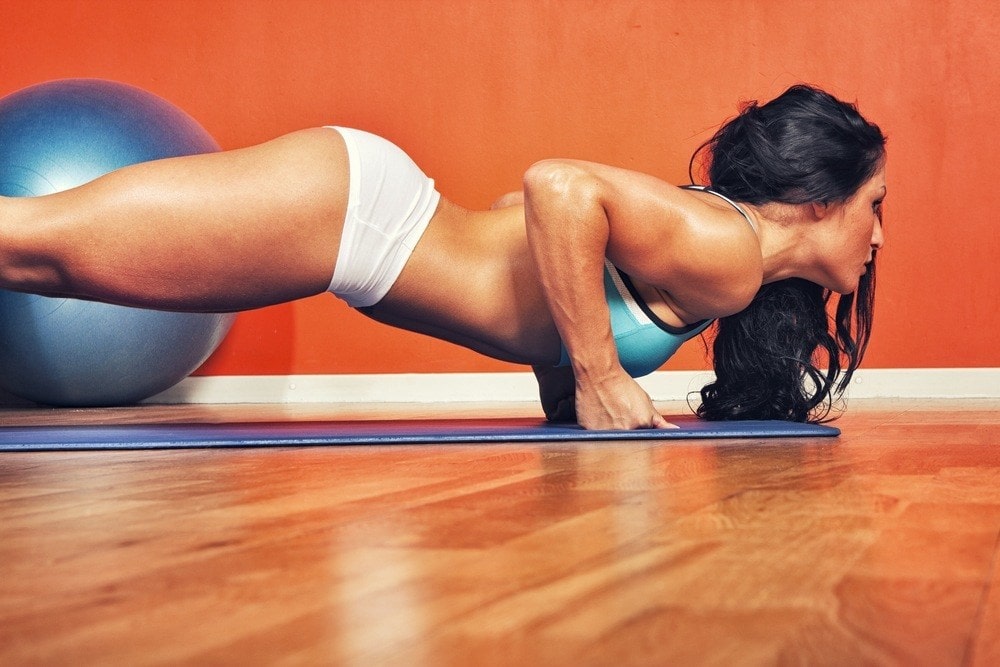
Injury can result from training specific muscles too hard and others not hard enough, leading to an imbalance in muscle strength.
Muscle balance is achieved through exercises and training drills that target all the muscle groups. Adequately balanced muscle strength, primarily through the pelvic and core area, is fundamental to stances and leg movement.
It is the nature of some combat disciplines for fighters to use particular groups of muscles over others, creating muscle imbalances. For example, boxers and some MMA fighters tend to use the muscles of the front-facing parts of their body more than those in the back.
In one study, the injury rates of female athletes with varying discrepancies in range of motion between the right and left hip flexors were analyzed. Those who had a 15% greater range of motion on one side were 2.6 times more likely to get injured than athletes who had a less than 15% imbalance.
Surprisingly, injuries were more likely to occur on the more flexible side. This study highlighted the importance of muscle balance and balanced flexibility through the creation of draining drills that target all major muscles used in training or competition.
Hydration
Dehydration impairs all physiological and mental functions. Proper hydration ensures good circulation, regulates the body’s temperature, improves brain function, and prevents cramps, cartilage tears, and friction in joints. Read more about the importance proper liquid intake in the hydration section.
Simple Steps Can Help You Prevent Injuries During Training & Combat
Sign up for our Free Newsletter to Learn More!
Boxer Chris Johnson blames dehydration for sapping his energy in a fight with Antonio Tarver where he sustained a career-ending brain injury.
Researchers for Human Kinetics, Asker Jeukendrup, PhD, and Michael Gleeson, PhD, provide findings that explain how important water is to your body. An athlete’s ability to perform high-intensity exercise “is reduced by as much as 45% by prior dehydration corresponding to a loss of only 2.5% of body weight”. The result of dehydration is a lack of oxygen the muscles, which could lead to injury.
Training With A Preexisting Injury and / or Pain
In one study comparing the injury rate between five combat disciplines, the following results of injured participants were: 59% Tae kwon do, 51% Aikido, 38% Kung fu, 30% Karate, and 14% Taichi. The injury rates were determined by an injury that required one year or greater recovery times.

Training during injury usually helps prevent detraining or deconditioning. These training sessions should be less frequent, have lower intensity, and are of a shorter duration than usual training sessions.
It is vital to protect the injured part and not place stress on it while training. Take, for example, Roberto “Gordo” Correa, a Brazilian Jiu-Jitsu fighter. He trained and developed his half guard game while recovering from a knee injury that prevented him from utilizing the closed guard game more commonly used in his era.
It’s important to follow your doctor’s orders regarding healing an injury. Once injured, the risk of re-injury remains high.
A Word of Caution
If you train in the martial arts, at some point, you will be injured. It could be as simple as a few bruises, or it could be life threatening (or ending) injuries. Most injuries sustained by the martial artist can be prevented or minimized with proper preparation.
By following the principles of injury prevention, fighters, competitors, and practitioners of the martial arts may avoid serious injury. Hence the saying by Benjamin Franklin, “an ounce of prevention is worth a pound of cure.”


